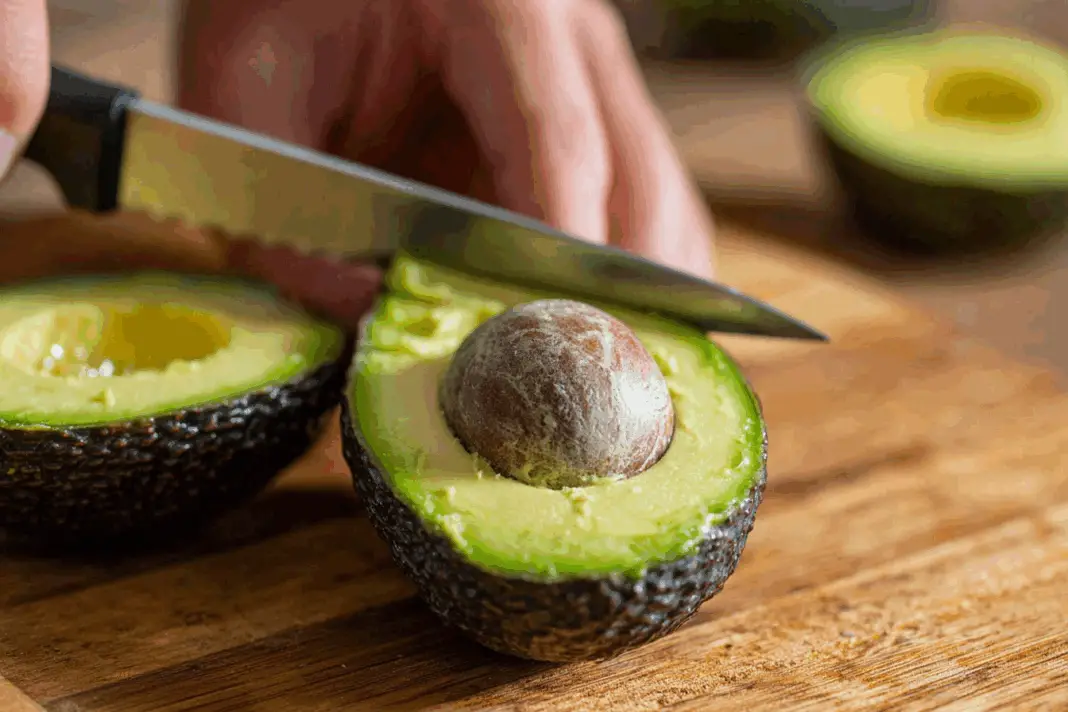Picture this: you’re making your morning avocado toast, ready to start the day with a healthy breakfast, when suddenly you’re rushing to the emergency room with a serious hand injury. This scenario plays out thousands of times each year across America, with one beloved breakfast staple causing more kitchen accidents than most people realize. Emergency room doctors are seeing so many avocado-related injuries that they’ve coined a specific term for it, and the numbers might shock you.
Avocado hand injuries affect thousands annually
Every single year, nearly 9,000 Americans end up in emergency rooms due to avocado-related accidents. The injuries range from minor cuts to severe lacerations that require stitches, and in the worst cases, people actually sever tendons in their hands. Most of these accidents happen during the most innocent moments – preparing breakfast, making guacamole for a party, or simply trying to add some healthy fats to a salad.
Emergency room doctors have become so familiar with these specific injuries that they’ve dubbed the condition “avocado hand.” Dr Joe Whittington warns his 2.2 million social media followers about this exact problem, noting that people often end up “craving some guac but end up with stitches.” The pattern is so consistent that medical professionals can spot an avocado injury from across the room.
The pit removal technique causes most problems
The majority of avocado injuries happen during one specific step: removing the pit. People typically cut the avocado in half, then attempt to stab the pit with a sharp knife to twist it out. This technique seems straightforward, but it’s incredibly dangerous when done incorrectly. The knife can slip off the smooth pit surface, slide through the avocado flesh, and pierce straight into the palm of the hand holding the fruit.
What makes this technique particularly hazardous is that people often use their non-dominant hand to hold the avocado half while wielding the knife with their dominant hand. When the knife slips, it has nowhere to go except into the palm, fingers, or thumb of the hand holding the fruit. Some people apply too much force, thinking they need to really stab the pit hard, which only increases the likelihood of the knife slipping and causing injury.
Proper knife grip makes all the difference
The secret to safe avocado pit removal lies in how you hold the knife, not how hard you stab. Instead of gripping the knife normally by the handle, you should grip the blade at its base, close to where it meets the handle. Use your index finger and thumb to create a small wedge of exposed blade – just enough to penetrate the pit without going too deep into your hand if something goes wrong.
This modified grip serves as a built-in safety mechanism. Even if the knife does slip off the pit, the limited amount of exposed blade means it can’t penetrate very far into your palm. The technique still involves stabbing the pit and twisting to remove it, but the controlled blade exposure makes the process much safer. Medical experts recommend this method specifically because it maintains effectiveness while dramatically reducing injury risk.
Alternative methods eliminate knife risks entirely
Many people don’t realize that you don’t actually need a knife to remove an avocado pit at all. One popular alternative involves using two thumbs to push on the back of the avocado half where the pit sits. With gentle pressure, the pit often pops out cleanly without any sharp objects involved. This method works particularly well with ripe avocados where the flesh has softened around the pit.
Another safe approach uses a regular spoon to scoop under the pit and lift it out. The spoon method gives you good control and eliminates any chance of stabbing yourself. Some people simply grab the pit with their fingers and wiggle it loose, though this works best when the avocado is perfectly ripe. These alternative techniques might take a few extra seconds, but they’re worth it to avoid a trip to the emergency room.
Ripe avocados are easier and safer to handle
The ripeness of your avocado plays a huge role in how safely you can remove the pit. Underripe avocados have firm flesh that grips the pit tightly, requiring more force to remove it. This extra force increases the likelihood of knife slippage and injury. The pit in an underripe avocado also tends to be more firmly embedded, making people think they need to stab harder or deeper.
Perfectly ripe avocados, on the other hand, have softer flesh that releases the pit much more easily. The pit might even come loose on its own when you cut the avocado in half. When shopping for avocados, look for ones that yield slightly to gentle pressure but aren’t mushy. If you buy firm avocados, let them ripen on your counter for a few days before attempting to remove the pit. This patience can prevent injuries and make your breakfast prep much smoother.
Hand positioning affects injury severity
Even when using the proper knife technique, where you position your hands matters enormously. Never hold the avocado half in your palm with your fingers wrapped around it. This position puts your palm directly in the path of a slipping knife. Instead, place the avocado half on a cutting board or flat surface, and use your non-dominant hand to steady it from the sides rather than underneath.
Some people make the mistake of holding the avocado half up in the air while trying to remove the pit, which gives them less control over both the fruit and the knife. Keeping everything on a stable surface provides better leverage and reduces the chance of slippage. If you must hold the avocado, keep your palm facing away from where the knife will go, and use your fingertips to grip the sides of the fruit. This positioning keeps your vulnerable palm area out of the danger zone.
Brown avocados are still perfectly safe to eat
Many people panic when they cut open an avocado and find brown flesh, immediately assuming it’s gone bad and needs to be thrown away. This reaction leads to unnecessary waste and sometimes hasty attempts to quickly process “good” avocados before they brown. The truth is that brown avocado flesh is perfectly safe to eat for up to two days after the browning begins, and the color change is simply a natural chemical reaction.
The browning happens when enzymes in the avocado cells react with oxygen in the air, creating melanin – the same pigment that turns cut apples and bananas brown. This process, called oxidation, doesn’t make the avocado unsafe to consume. The browning is purely cosmetic for the first day or two, though the texture and taste may change slightly after that point as the fats begin to break down.
Sharp knives actually increase control and safety
Counterintuitively, using a sharp knife is actually safer than using a dull one for avocado preparation. Dull knives require more pressure to cut through the avocado skin and flesh, and they’re more likely to slip off the smooth pit surface. When you have to apply extra force, you lose fine control over the knife, making accidents more likely. A sharp knife cuts cleanly through the avocado and can penetrate the pit with minimal pressure.
However, the sharpness factor makes proper technique even more critical. A sharp knife that slips will cause more damage than a dull one, so you can’t rely on the knife being “too dull to hurt much.” The key is combining a sharp, well-maintained knife with the proper grip and hand positioning techniques. This combination gives you maximum control with minimal force required, reducing both the likelihood of slippage and the severity of potential injuries.
The next time you’re preparing your morning avocado toast, take a moment to consider your technique. Those extra few seconds spent using proper hand positioning and knife grip could save you from joining the thousands of people who end up in emergency rooms each year. Whether you choose the modified knife grip, the thumb-push method, or a simple spoon, the key is avoiding the dangerous combination of sharp knives and careless hand placement that sends so many avocado lovers to the hospital.

